Resources
Trends, Reports and Data
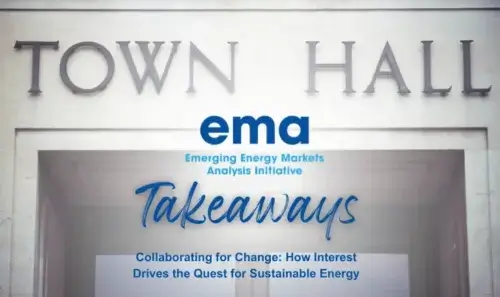
Collaborating for Change: How Interest Drives the Quest for Sustainable Energy
Attendees and participants alike want to understand more about the wide reach and impact of one topic that has a direct influence on where we will be able to go in the years ahead with low-carbon energy production and several other areas vital to our communities and economy.
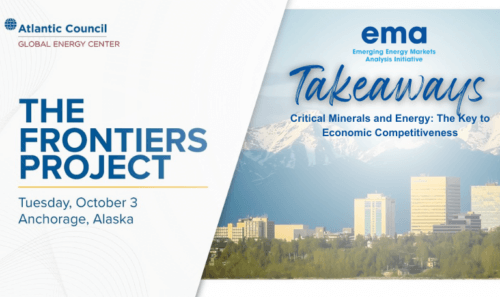
Critical Minerals and Energy: The Key to Economic Competitiveness
In October, 2023, the Atlantic Council hosted a Frontiers Project Meeting in Anchorage, to discuss Alaska’s role as a first-mover state in advanced nuclear and at how the state can meet increased global demand for low-emissions manufacturing. One recurring theme of the conference was Alaska’s role in providing access to critical minerals in the modern...
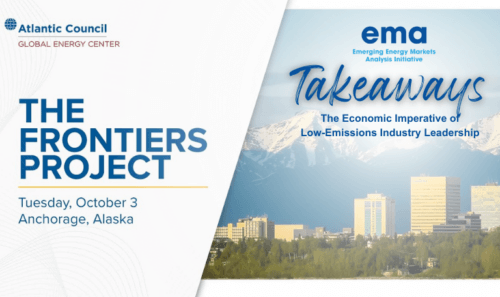
The Economic Imperative of Low-Emissions Industry Leadership
In October, 2023, the Atlantic Council hosted a Frontiers Project Meeting in Anchorage, to discuss Alaska’s role as a first-mover state in advanced nuclear and at how the state can meet increased global demand for low-emissions manufacturing. One recurring theme of the conference was the global shift to low-emissions manufacturing and Alaska’s distinct strength in...
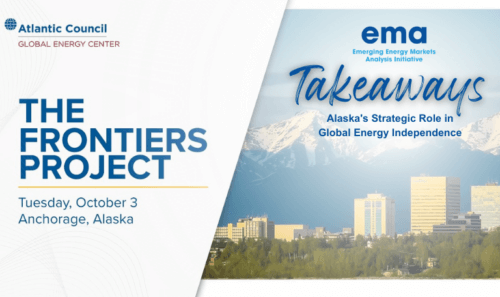
Alaska’s Strategic Role in Global Energy Independence
In October, 2023, the Atlantic Council hosted a Frontiers Project Meeting in Anchorage, to discuss Alaska’s role as a first-mover state in advanced nuclear and at how the state can meet increased global demand for low-emissions manufacturing. One recurring theme of the conference was Alaska’s unique position in the global energy landscape. Alaska stands at...
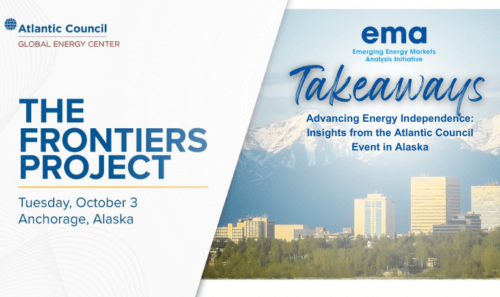
Advancing Energy Independence: Insights from the Atlantic Council Event in Alaska
The recent Atlantic Council Frontiers Project Meeting in Alaska was a landmark gathering of experts, policymakers, and industry leaders, all focused on a pivotal issue for our times: energy independence. This high-profile event, attended by influential figures such as the U.S. Department of Energy’s Principal Deputy Assistant Secretary for Nuclear Energy Michael Goff, Alaska Lieutenant...
